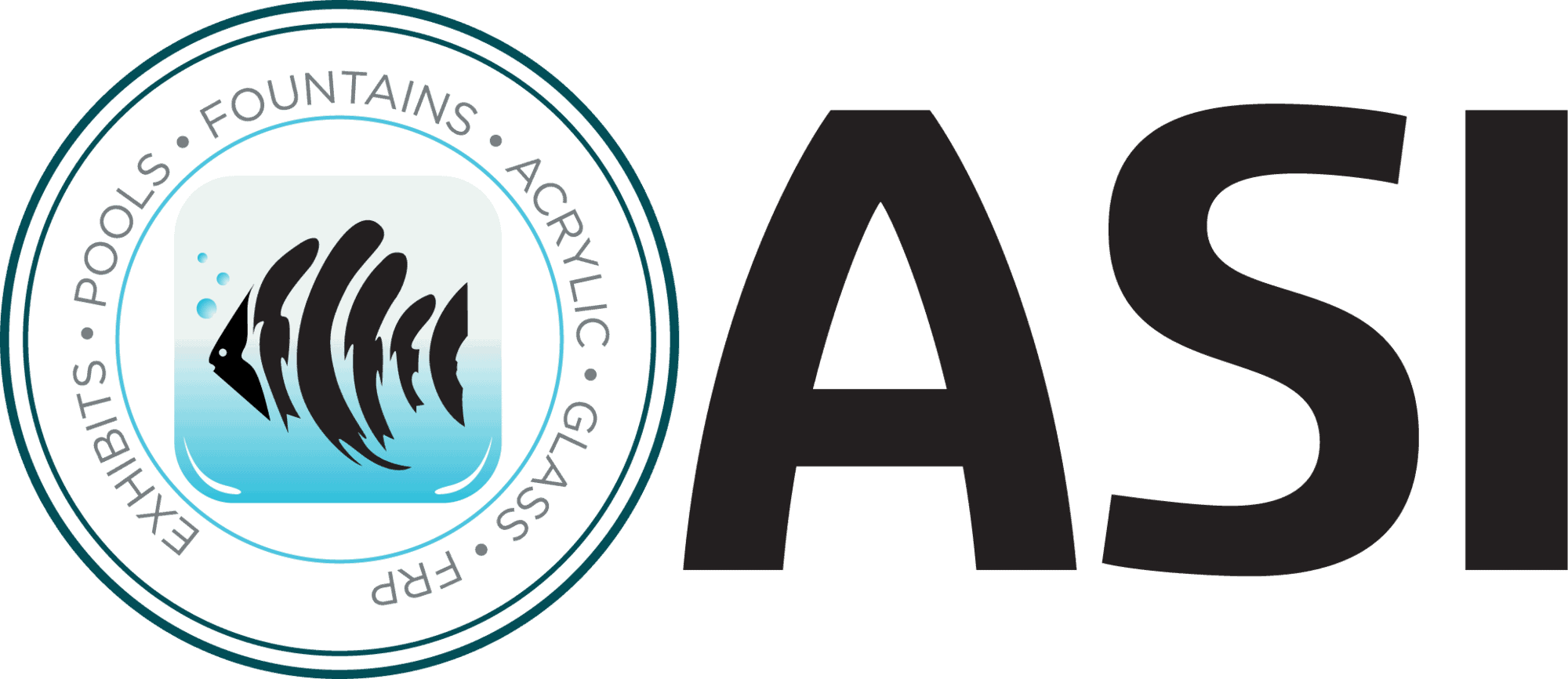In the Roo Valley Expansion of the Cincinnati Zoo, 32 Little Blue Penguins (Eudyptula minor) depend on their keepers to protect them and their habitat. It takes so much more than fresh fish and check ups to keep these Australian birds happy and healthy.
Little Blue Penguins, also known as Fairy Penguins because of their diminutive size, love to be entertained, so in addition to 15,000 gallons of indoor swimming space and 40,000 gallons of outdoor space, their habitat includes sprinklers, waterfalls, sand, boulders and flat play areas to enjoy. (source)
Any pet owner knows there’s a lot of care and expertise involved in keeping animals safe and healthy. When it comes to building and maintaining animal habitats, especially to accommodate animals in locations that differ greatly from their original climate, it makes sense to call in the experts.
Aquariums, habitats and exhibits require a different kind of space design, that other specialists like engineers, landscape designers and architects aren’t necessarily experienced in. Water integrity (levels, temperature, filtering) are absolutely critical to provide safe and happy animal homes. Light control above and below the water surface is also a key component in keeping animals safe. Water agitation and flow is also critical for, not just water quality, but also healthy animal movement and eating patterns.
A lot more happens inside an animal habitat than your basic fountain or swimming pool! Keeping track of every fish (whether they are the feature, or the food) is essential to keep the area free from unnaturally high levels of decay and deposits. A tank’s filter works like a trash basin; it gets full, and has to be “emptied”, cleaned and/or replaced to ensure it keeps working to keep the ecosystem free from contamination. Zoos and aquariums rely on specially trained maintenance teams to regularly inspect tubing, connections, airstones, skimmers, and other operating parts as part of a monthly routine. (source)
Exhibits rely on maintenance specialists to balance and manage chemicals added to and naturally occurring in aquarium water. There are non-toxic, biodegradable, eco-friendly disinfectants that can be used as part of regular cleaning. The maintenance team needs cleaning products that are safe for humans, fish, and animals. For example, Rinker Surface Defense Tablets use a chlorine-dioxide based technology which is perfect for damage-free cleaning, safe for both humans and animals, and the only cleaner proven to kill COVID on contact.
Animal habitats demand the highest level of structural integrity and cleanliness. Viewing surfaces need to be kept clean for health, safety and enjoyment. Glass and acrylic viewing panels require regular cleaning and polishing. They also require a regular check of joins and seals to ensure there is no leaking, even under the pressure of 40,000 gallons of water and 32 active penguins!
When zoos and aquariums decide to add or enhance a habitat, they rely on industry experts. ASI has worked with hundreds of aquariums and zoo exhibits worldwide that play a major role in protecting endangered species, contributing to scientific discovery, fostering a sense of understanding and empathy toward wildlife, and providing exceptional experiences – for humans and animals alike.
Read about more of our especially amazing projects here: 4 amazing ASI projects

